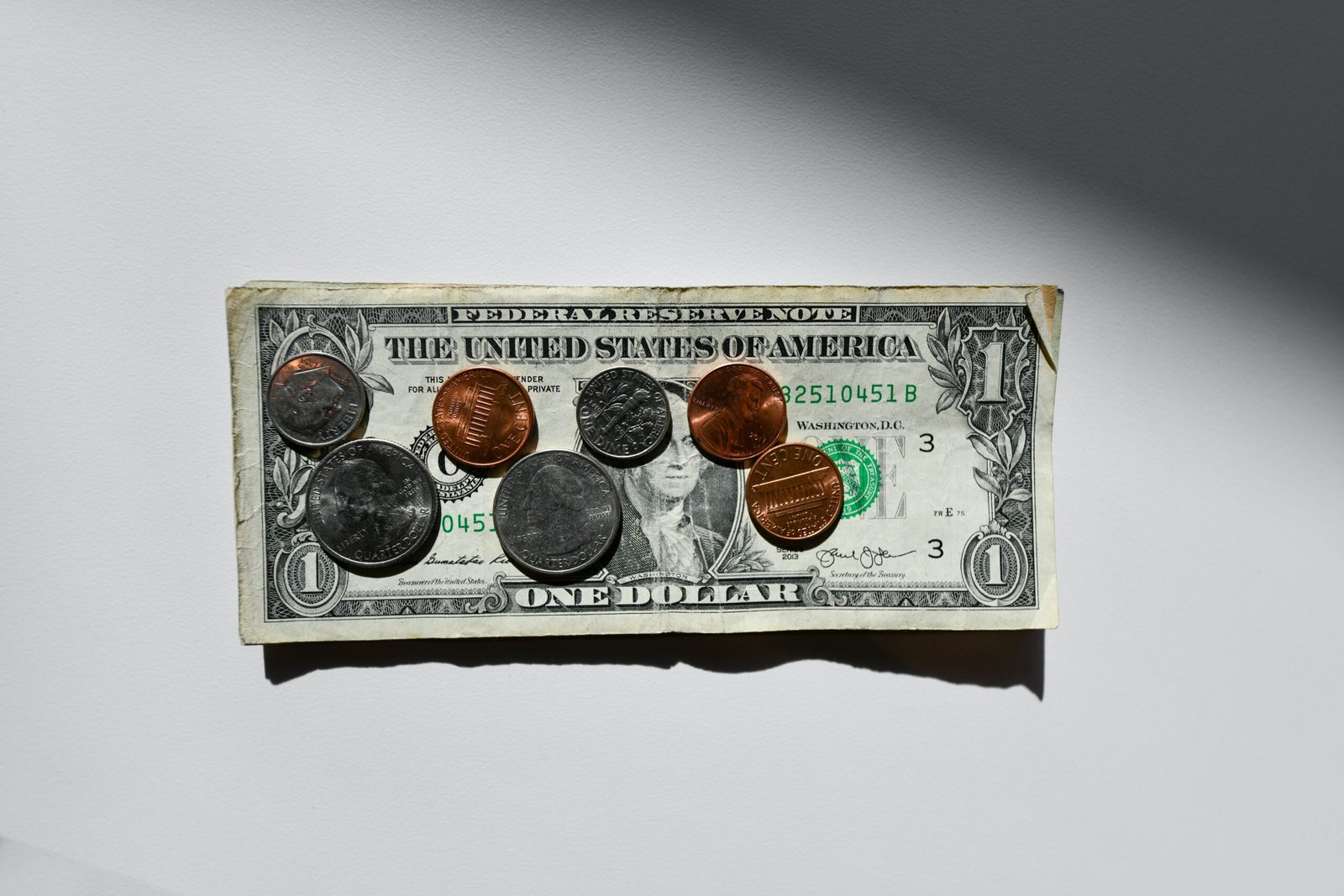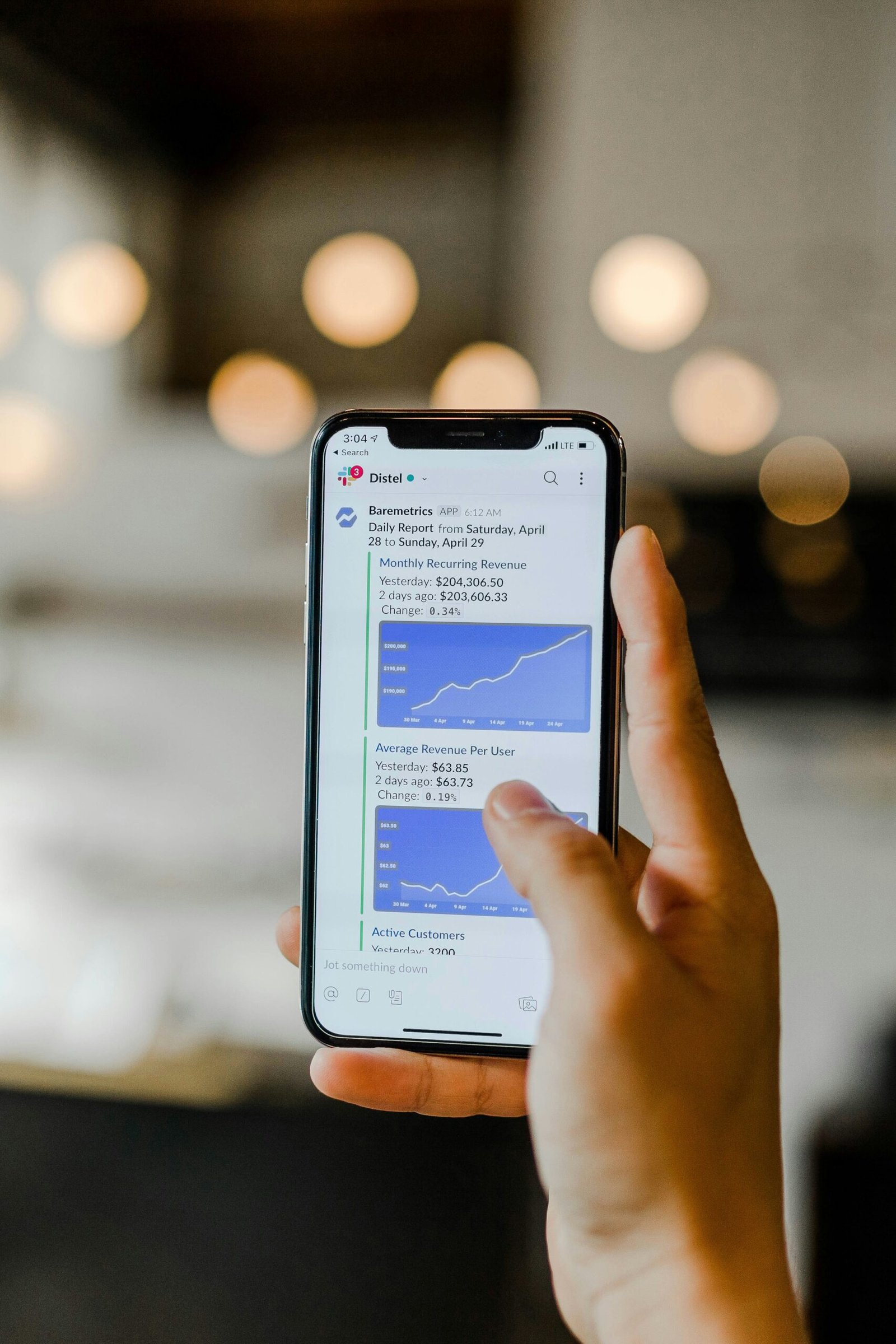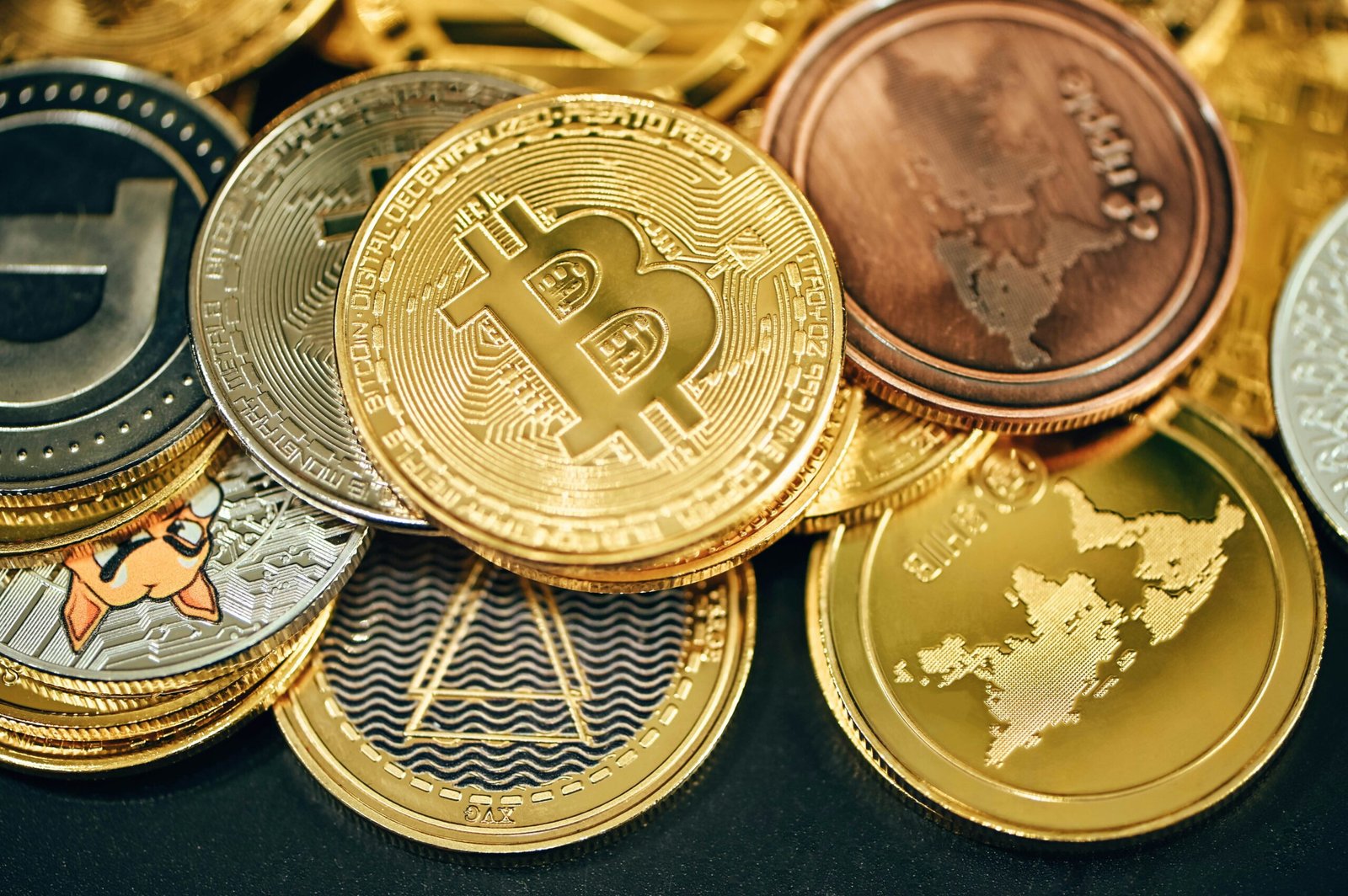Maximizing Returns with USDC Staking: A Comprehensive Guide
Introduction to USDC Staking
USDC, or USD Coin, is a type of cryptocurrency known as a stablecoin. Unlike other cryptocurrencies whose values can fluctuate wildly, USDC is pegged to the US dollar, maintaining a 1:1 ratio. This stability makes USDC a reliable digital asset for various financial activities, including staking.
Staking, in the context of cryptocurrency, involves holding and locking up a certain amount of digital assets in a wallet to support the operations of a blockchain network. In return for this support, participants earn rewards. Staking is akin to earning interest on a traditional savings account, but it operates within the realm of digital currencies.
One of the key reasons USDC is a popular choice for staking is its stability. Because USDC is tied to the US dollar, it doesn’t suffer from the high volatility that characterizes many other cryptocurrencies. This makes it an attractive option for investors looking to earn returns without exposing themselves to significant risk.
The benefits of staking USDC include earning passive income, contributing to the stability and security of the blockchain network, and enjoying relatively higher returns compared to traditional financial products. Furthermore, staking USDC allows investors to participate in the growing decentralized finance (DeFi) ecosystem, which is transforming the way financial services are delivered.
In summary, USDC staking combines the stability of a traditional financial asset with the innovative potential of blockchain technology. This makes it an appealing choice for both novice and experienced investors seeking to maximize their returns while minimizing risk. As we delve deeper into the specifics of USDC staking, it will become clear how this process can be a beneficial addition to any investment portfolio.
The Mechanics of USDC Staking
USDC staking involves locking up USDC tokens in a blockchain network to support its operations and earn rewards in return. This process begins with selecting a compatible blockchain network and staking platform. Blockchain networks like Ethereum or Solana often serve as the foundation for staking activities, providing the necessary infrastructure and security. Staking platforms, on the other hand, act as intermediaries, facilitating the staking process and distributing rewards to participants.
The first step in USDC staking is creating a digital wallet that can store USDC tokens. This wallet must be compatible with the chosen blockchain network and staking platform. Once the wallet is set up, users need to acquire USDC tokens, which can be purchased on various cryptocurrency exchanges. After acquiring the tokens, they are transferred to the digital wallet.
Next, users connect their wallet to the staking platform. This often involves linking the wallet through a secure web interface provided by the platform. Upon successful connection, users can choose the amount of USDC they wish to stake. The staked USDC is then locked in the blockchain network for a predetermined period, during which it contributes to the network’s security and efficiency.
In return for staking USDC, participants earn rewards, typically in the form of additional USDC tokens. These rewards are generated from transaction fees and other network activities. The reward rate varies depending on the network’s performance, the amount of USDC staked, and the duration of the staking period.
It is important to distinguish between staking and other forms of earning interest on cryptocurrencies, such as lending or yield farming. Staking involves actively participating in the network’s operations, whereas lending and yield farming generally involve providing liquidity to other users or platforms. Each method has its own risk-reward profile and operational mechanics.
Overall, USDC staking offers a structured way to earn rewards while contributing to the blockchain network’s functionality. Understanding the technical aspects and carefully selecting the appropriate network and platform are crucial steps in maximizing returns from USDC staking.
When it comes to staking USDC, choosing the right platform is crucial for maximizing returns while ensuring security and ease of use. The landscape for USDC staking includes both centralized exchanges and decentralized finance (DeFi) protocols. Below is an overview of some of the most popular and reliable platforms for staking USDC, including their unique features, staking rewards, fees, and user experience.
1. Coinbase
Coinbase is a well-known centralized exchange that offers a user-friendly interface for staking USDC. It provides competitive staking rewards and is renowned for its robust security measures. Coinbase’s staking fees are transparent, and the platform offers educational resources to help users understand the staking process. However, the rewards may be slightly lower than those offered by some DeFi platforms.
2. Binance
Binance, another major centralized exchange, offers USDC staking with attractive yields. The platform is known for its extensive range of staking options and low fees. Binance provides a seamless user experience with various tools and resources to help users maximize their staking returns. Its global presence and high liquidity make it a popular choice for crypto enthusiasts.
3. Aave
Aave is a leading DeFi protocol that offers USDC staking through its lending and borrowing platform. Users can earn staking rewards by providing liquidity to the Aave pool. The platform is decentralized, meaning users retain control of their funds. Aave’s staking rewards are competitive, and the platform is known for its innovative features and strong community support. However, interacting with DeFi platforms can be more complex than centralized exchanges.
4. Compound
Compound is another prominent DeFi protocol that allows users to stake USDC. By supplying USDC to the Compound protocol, users can earn interest and staking rewards. Compound offers a decentralized environment with transparent operations and competitive returns. The platform’s user interface is straightforward, although it may require a bit of a learning curve for newcomers to DeFi.
5. Kraken
Kraken is a centralized exchange that provides USDC staking with a focus on security and user experience. The platform offers competitive staking rewards and low fees. Kraken is known for its comprehensive support and educational resources, making it accessible for both beginners and experienced users. Its long-standing reputation in the crypto industry adds an extra layer of trust for users.
Each of these platforms offers unique advantages for staking USDC. Whether you prefer the simplicity and security of centralized exchanges or the autonomy and potentially higher returns of DeFi protocols, there is a suitable option for every type of investor. By carefully comparing the features, rewards, fees, and user experience of each platform, users can make informed decisions to maximize their staking returns.
Benefits of Staking USDC
Staking USDC presents numerous advantages for investors seeking to optimize their cryptocurrency portfolio. One of the primary benefits is the opportunity to earn passive income. By staking USDC, holders can generate returns on their holdings without actively trading or engaging in more complex investment strategies. This passive income is akin to earning interest in a traditional savings account, but typically offers a more attractive rate of return.
Another significant advantage of staking USDC is the contribution it makes to the stability of the network. By participating in staking, investors help maintain the integrity and security of the blockchain ecosystem. This is particularly crucial for stablecoins like USDC, which are pegged to the US dollar and designed to minimize volatility. The consistent backing of USDC with fiat currency ensures that it remains a reliable medium of exchange, further reinforcing its stability.
Compared to traditional savings accounts, staking USDC often provides higher returns. While banks may offer minimal interest rates, staking platforms can yield significantly better annual percentage rates (APRs). This potential for higher returns makes USDC staking an attractive option for those looking to grow their assets more efficiently. Furthermore, the transparent and decentralized nature of blockchain technology ensures that returns are predictable and free from the influence of centralized financial institutions.
Lastly, staking USDC is generally considered safer than staking more volatile cryptocurrencies. As a stablecoin, USDC is less susceptible to price fluctuations, reducing the risk associated with market volatility. This relative safety makes USDC an appealing option for risk-averse investors who wish to participate in the crypto economy without exposing themselves to the dramatic price swings typical of other digital assets.
In summary, the benefits of staking USDC include earning passive income, supporting network stability, enjoying higher returns compared to traditional savings accounts, and mitigating risk through the inherent stability of a dollar-pegged asset. These advantages collectively make USDC staking a compelling choice for both novice and experienced cryptocurrency investors.
Risks and Considerations
While staking USDC offers lucrative returns, it is imperative to understand the associated risks. First and foremost, platform security risks are a significant concern. The platform where USDC is staked must have robust security measures to protect against hacks and breaches. Investors should thoroughly vet the security protocols of their chosen platform, ensuring it employs advanced encryption, multi-factor authentication, and regular security audits.
Market risks are another critical consideration. Although USDC is a stablecoin pegged to the US dollar, market fluctuations can impact the broader cryptocurrency ecosystem. A downturn in the market may affect the staking rewards or the value of the underlying assets. It is vital to diversify investments and avoid putting all funds into a single staking platform to mitigate these risks.
Liquidity issues can also arise. Staking often involves locking up funds for a specified period. During this time, access to staked funds may be limited, which can pose problems if liquidity is needed unexpectedly. Investors should carefully review the lock-up periods and withdrawal policies of the staking platform to ensure they align with their financial needs and risk tolerance.
Regulatory concerns are another aspect to consider. The regulatory environment for cryptocurrencies and stablecoins is continually evolving. Changes in regulations can impact the legality and profitability of USDC staking. Staying informed about regulatory developments and choosing platforms that comply with current laws can help mitigate these risks.
To make informed decisions, investors should conduct thorough research, diversify their investments, and stay updated on market and regulatory changes. Utilizing platforms with strong security features, flexible liquidity options, and regulatory compliance can significantly reduce the potential downsides of USDC staking.
How to Start Staking USDC
Staking USDC can be a rewarding endeavor, but getting started requires a systematic approach. This guide will walk you through the essential steps to begin staking USDC effectively.
Selecting a Platform
The first step in staking USDC is to select a reliable platform. Numerous platforms offer staking services, each with its own set of features, fees, and rewards. It’s crucial to research and compare platforms to find one that aligns with your goals and risk tolerance. Look for platforms with a strong reputation, transparent fee structures, and robust security measures.
Setting Up a Wallet
Once you’ve selected a platform, the next step is to set up a compatible wallet. Most staking platforms support a variety of wallets, including hardware wallets, mobile wallets, and web wallets. Ensure that your wallet supports USDC and is compatible with the chosen staking platform. Setting up a wallet typically involves downloading the wallet software, creating an account, and securing your private keys.
Transferring USDC to the Staking Platform
After setting up your wallet, you need to transfer USDC to the staking platform. This involves sending USDC from your wallet to the platform’s designated address. Double-check the address and the amount before confirming the transaction to avoid any mistakes. Most platforms will provide a confirmation once the transfer is complete.
Initiating the Staking Process
With USDC successfully transferred to the platform, you can now initiate the staking process. Navigate to the staking section of the platform and select the amount of USDC you wish to stake. Some platforms may offer various staking options with different lock-up periods and reward rates. Choose the option that best fits your investment strategy. Confirm the staking details and complete the process.
By following these steps, you can begin staking USDC with confidence. Remember to regularly monitor your staking activity and stay informed about any updates or changes from your chosen platform.
Case Studies and Success Stories
Understanding the potential of USDC staking can be significantly enhanced by examining real-world examples of individuals and entities who have successfully navigated this landscape. These case studies provide invaluable insights into the strategies and best practices that have yielded substantial returns, serving as a guide and inspiration for prospective stakers.
One notable success story is that of Alice, a freelance graphic designer who ventured into USDC staking to supplement her income. By meticulously researching staking platforms and selecting those with the most favorable terms and security measures, Alice managed to achieve an impressive annual return of 8%. Her approach involved diversifying her staked USDC across multiple platforms, thereby mitigating risk and optimizing her earnings.
Similarly, XYZ Corporation, a mid-sized tech company, leveraged USDC staking to enhance its liquidity management. Faced with surplus cash that was not immediately required for operations, the company decided to stake a portion of its reserves in USDC. This strategic move not only provided a steady stream of passive income but also improved the company’s overall financial health. Over a period of one year, XYZ Corporation reported an annual return of 7.5% from their staked assets.
Interviews with successful stakers highlight common themes such as the importance of thorough research, risk management, and the selection of reputable staking platforms. Jane, another successful staker, emphasizes the need for continuous monitoring of market conditions and platform performance. She advises new stakers to start with smaller amounts to understand the mechanics and gradually increase their stakes as they gain confidence.
These testimonials underscore the effectiveness of disciplined and informed approaches to USDC staking. By learning from these experiences, new stakers can develop strategies that align with their financial goals and risk tolerance, ultimately maximizing their returns in the dynamic world of cryptocurrency staking.
Future Trends in USDC Staking
As the landscape of USDC staking continues to evolve, several key trends and emerging technologies are poised to shape its future. One such trend is the integration of decentralized finance (DeFi) protocols with traditional financial services. This convergence is expected to bring more stability and security to USDC staking, making it an increasingly attractive option for both institutional and retail investors. Innovations in blockchain technology, such as layer-2 solutions and cross-chain interoperability, are also anticipated to enhance the efficiency and scalability of staking platforms, thereby maximizing returns for stakers.
Another significant factor influencing the future of USDC staking is regulatory developments. As governments and regulatory bodies worldwide begin to establish clearer frameworks for digital assets, the staking ecosystem will likely become more transparent and secure. These regulations could facilitate greater institutional participation, leading to increased liquidity and potentially higher yields for stakers. However, it is crucial for stakeholders to stay informed about these regulatory changes to navigate the evolving landscape effectively.
Market trends indicate a growing interest in stablecoin staking as a means to achieve consistent returns without the volatility associated with other cryptocurrencies. This demand is expected to drive further innovation in staking mechanisms, including the development of more user-friendly platforms and tools for risk management. Additionally, the rise of automated staking strategies and AI-driven analytics could provide stakers with more sophisticated methods to optimize their returns.
Looking ahead, the staking landscape is likely to see the introduction of new opportunities and products designed to maximize returns. These may include staking pools, where multiple investors can combine their assets to achieve higher rewards, and tokenized staking derivatives, which allow for greater flexibility and liquidity. As these innovations unfold, they will offer stakers a broader array of options to diversify their investment strategies and enhance their earning potential.
In conclusion, the future of USDC staking is bright, with numerous advancements and opportunities on the horizon. By staying abreast of emerging technologies, regulatory developments, and market trends, investors can position themselves to take full advantage of the evolving staking landscape and maximize their returns.






